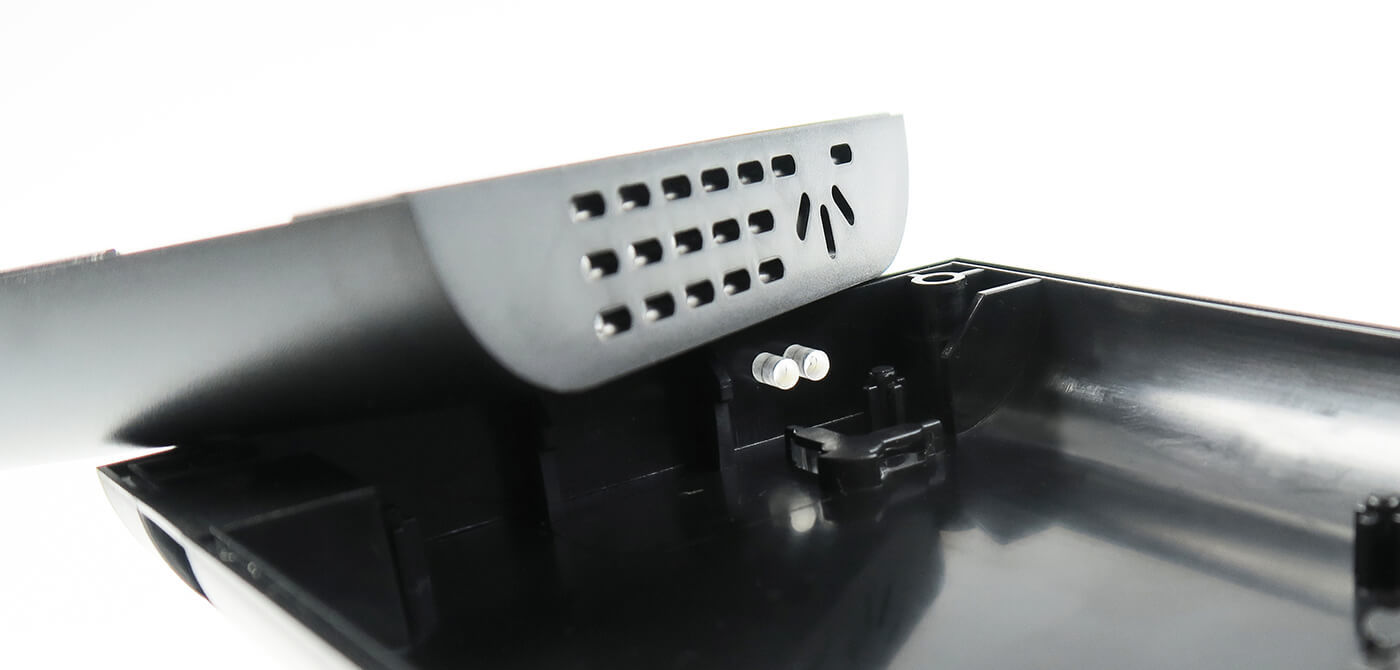Plastic processing
The variety of different plastics and manufacturing procedures allows designers and builders nearly unlimited possibilities for designing components. Given their wide variety of properties, plastics can be found everywhere. By combining innovating developments in plastics and new processing technologies, highly-integrative functional parts and components with an esthetic design can be created.
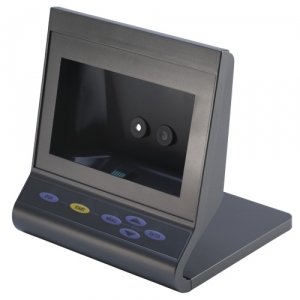
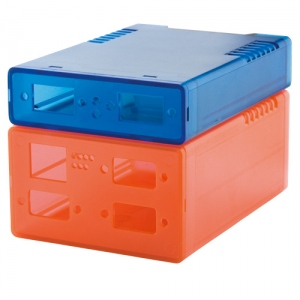
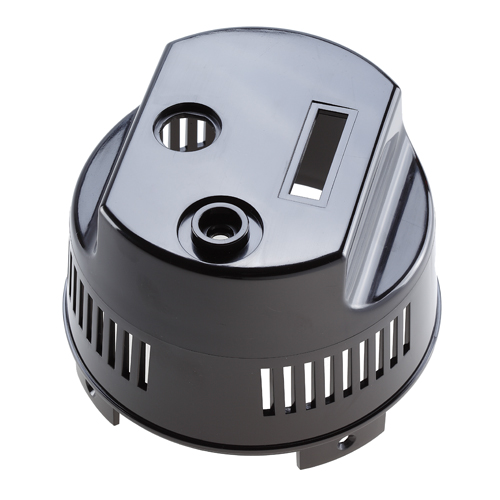
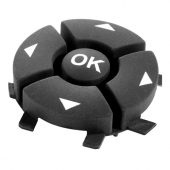
Manufacturing of plastic components
Today, the field of plastics processing includes a large number of technologies involving many special processes. G.W.P. AG offers all the essential processes for processing plastics from a single source:
Injection molding is the most economical method of producing large series for the vast majority of applications. A very wide range ofplastics (thermoplastics, thermosets and elastomers) are available for injection molding. We also process plastic components using numerous special methods: Two-component injection molding, three & four component injection molding, sandwich injection molding (coinjection), multi-material injection molding, interval injection molding, marbling injection molding, thermoset processing, liquid silicone processing or the encapsulation of metal inserts.
Thermoforming, also termed hot drawing or vacuum forming, is recommendable for thermoplastic parts with a large surface and thin walls. Deep-drawn plastic parts are manufactured in panels or films and are distinguished by their very high strength. Due to the lower tooling costs in comparison to injection molding, this type plastic processing is economical especially for small batch sizes. Thermoformed parts are preferably used for plastic parts with large surfaces such as jackets, covers, etc.
Plastic extrusion is used by G.W.P. for producing extruded plastic profiles based on drawings. Depending on the plastic material, screw type extrusion or ram extrusion (also termed sinter extrusion) is used. With profile extrusion, partial impressions can be introduced, and hard/soft combinations such as sealing lips, etc.can be generated by two-component coextrusion.
The processing of glass fiber-reinforced plastics is useful for many applications involving high mechanical loads. Glass fiber-reinforced plastic parts are superior to unreinforced plastic components due to their superior resistance to pressure, bending, tension and impact and, depending on the application, can offer clear advantages in comparison with conventional plastic parts. Due to the relatively low elasticity modulus, fiber-glass reinforced plastic components are less suitable for applications requiring high rigidity.
Plastic machining on CNC-controlled lathes and milling machines can produce economical individual parts and small batches that require high precision. Machined plastic parts are used for prototypes, functional parts or bearing elements.
Polyurethane casting (vacuum casting) with silicone molds is an economical procedure that follows the duplication of models in small batches. In this method, a master model produced by stereolithography is used to fabricate castings of polyurethane casting resin. Polyurethane parts are vacuum cast to create production-like plastic prototypes and exclusive small series.
Similar to vacuum casting, polyamide casting is an efficient follow-up procedure to rapid prototyping for the production of small batches. The very attractive material properties make polyamide casting in silicone molds and an attractive option for producing plastic parts with extreme requirements for thermal and chemical resistance.
Welding and gluing plastics - The reliable, economical joining of plastic elements in line with specifications is very important in the processing of plastics. In addition to screwed connections, the welding of thermoplastics and gluing of thermosets, elastomers and thermoplastics are also important. G.W.P. offers the following welding methods: Hotplate welding, extrusion welding and ultrasonic welding.
Various coating processes can be used to surface-coat plastics: Wet-painting, screen printing, pad printing, chrome plating ABS, vacuum metallization (decorative) and EMC coatings (Al or Cu/NiCr). The appearance and properties can also be substantially influenced by the structures introduced into the molds and dies. Examples are graining of areas to be touched, or matting.
G.W.P. AG has many years of experience in the processing of plastics in small batches. Take advantage of potential reductions in cost, and rely on G.W.P.!
